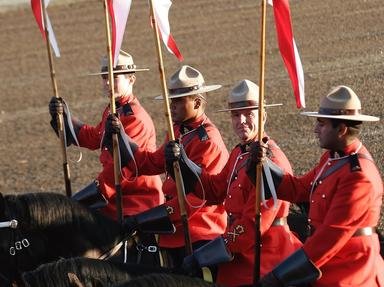Quiz Answer Key and Fun Facts
1. A woman in the area overheard plans being made by American invaders. Who was this woman who walked many miles through the bush to warn British soldiers about the impending attack?
2. General Isaac Brock led the Battle of Queenston Heights on horseback. What was General Brock's horse's name?
3. General Brock's horse has a statue at Queenston Heights. Who else has a monument there?
4. Did the War of 1812 heroine Laura Secord start the chocolate company that bears her name?
5. What was the bloodiest battle that was fought in what is now the city of Niagara Falls, Ontario?
6. Besides the British, which nations were vital in defeating the Americans during many War of 1812 battles in the Niagara Region?
7. At Cook's Mills, 750 British troops defeated a surprise attack by 2,000 American troops.
8. The Americans had 6,000 troops on the Niagara war frontier. The British troops were supported by militias, but how many regular troops were members of the British Armed Forces in Niagara at the beginning of the War of 1812?
9. A number of forts in the Niagara Region played a vital role in the various battles fought in the area. Which fort in the Niagara Region existed before the War of 1812, and was occupied by both the British and the Americans during the war, then the British after the war?
10. Fort George in the village of Niagara-on-the-Lake played an important role for both American and British forces during the War of 1812. What happened to the fort after the war?
Source: Author
Trivia_Fan54
This quiz was reviewed by FunTrivia editor
bloomsby before going online.
Any errors found in FunTrivia content are routinely corrected through our feedback system.
